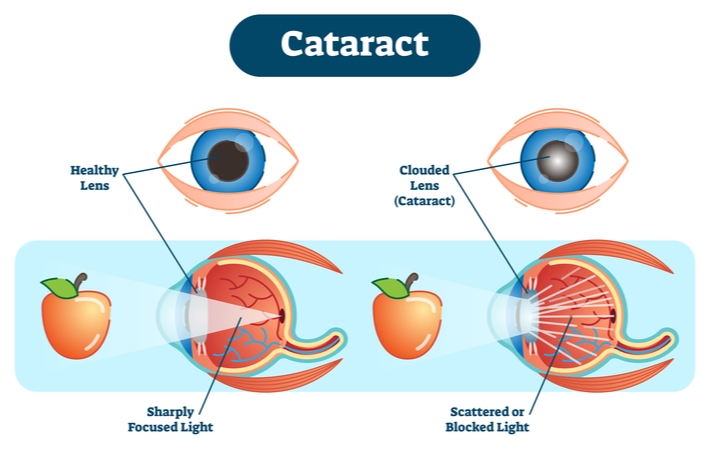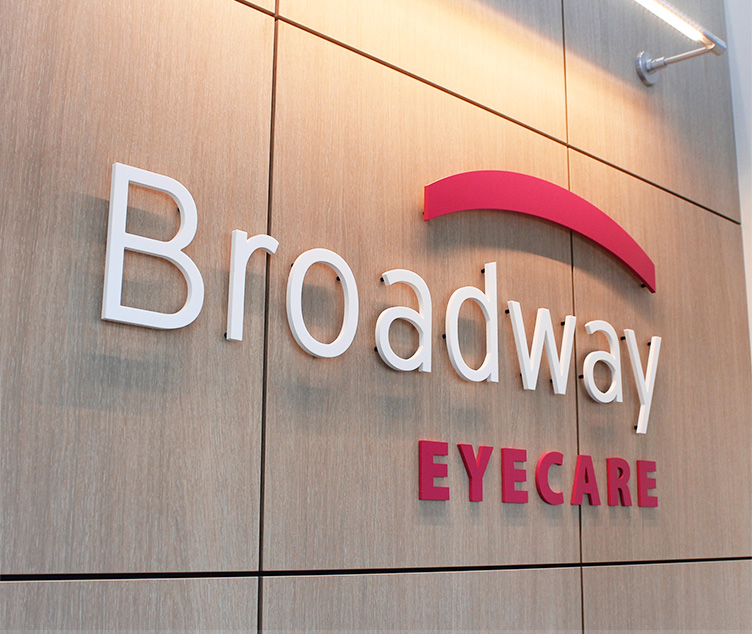Do Cataracts Have to be Ripe to be Removed?
Eyecare is an essential part of everyday life, whether that means keeping up with your eye exams or needing any specialty eye care procedures. Taking care of your eyes means reporting any potential issues to your optometrist.
Cataracts are one of these eye issues you need to look out for and understand.
But what is a cataract? And does a cataract have to be ripe to be removed? Let’s explore what a cataract is, the symptoms, some risk factors, and the process of removal.
What Are Cataracts?
Cataracts occur as you age, and your eye’s natural crystalline lens becomes cloudy. A cataract starts when proteins in the form of microscopic clumps causing haziness prevent the lens from sending clear images to the retina.
The retina converts the light that comes through the lens into signals—it then sends those signals to the optic nerve and carries them to the brain. A cataract develops slowly and eventually interferes with your vision.
While you may end up with cataracts in both eyes, they don’t usually form simultaneously.
Common symptoms of cataracts include:
- Blurry vision
- Trouble seeing at night
- Seeing colours as faded
- Increased sensitivity to glare
- A need for constant changes in prescription glasses
Cataracts don’t occur overnight, and it’s a gradual process. The symptoms can also be gradual and may not be noticeable until cataracts become more advanced.
Your lifestyle can sometimes be a risk factor for cataracts along with any underlying health conditions, including:
- High blood pressure
- Diabetes
- Obesity
Letting your optometrist know of any previous eye surgeries or injuries is essential to understanding cataracts and the likelihood of cataracts developing.
Along with underlying health conditions, some risk factors of cataracts include:
- Older age
- Heavy alcohol use
- Smoking
- A family history of cataracts
- Too much sun exposure
As with any eye issues, maintaining proper eye health practices and consistent check-ups can help with overall eye health.
With some of the symptoms and risk factors explored, let’s look at the removal process of cataracts.

Removing Cataracts
Removal of cataracts depends on severity. Suppose prescription glasses are not enough to help with everyday tasks and resume normal activities. In that case, you may require surgery to get rid of cataracts.
Cataracts do not have to be “ripe” to consider surgery. The analogy of a cataract being ripe implies that a cataract will spoil. This analogy isn’t the case as the right time to consider surgery is when your cataracts prevent you from everyday activities such as reading or driving.
The advances in cataract surgery have made it possible to remove the clouded lens at any stage of development under the instruction and supervision of your optometrist. Although very advanced, opaque cataracts are still more complicated to remove and carry some higher risks during surgery.
If you feel it’s time to consider the cataract surgery process, it’s essential to understand what you can expect.
The Surgery Process
Cataract surgery typically takes about 10 to 15 minutes per eye and will help you regain your sight, including solving visibility at night.
If you have cataracts in both eyes, the surgery will usually be done on each eye on separate occasions. This time between procedures is done to minimize the impact and allow your eyes to heal. Full healing time can take about a month, with complications from surgery being rare. Clear vision is often achieved a day or two after the surgery, although the healing process is still taking place.
The surgery process itself involves an artificial lens replacing your natural crystalline lens that has become cloudy. The power of the artificial lens can be adjusted to reduce your need for glasses or contact lenses.
Cataract surgery allows you to see similarly to how you did before cataracts developed.
Finding a Solution
Cataracts are about severity—you may not even notice them and can live a normal life while avoiding surgery altogether. If surgery is needed, the advancement of eye care has made many options available to you.
Book an appointment with your optometrist for more information and learn more about cataracts and if you require surgery. You can also always give us a call to book in with one of our Saskatoon optometrists.










